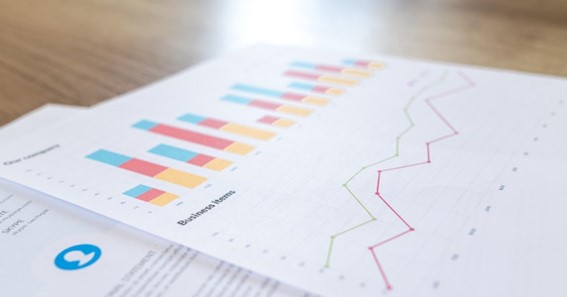Inflation is still high, interest rates continue to climb, and the impact is being felt across the board. Consumers and businesses are seeing their money’s reach drastically reduced, and the outlook remains grim going into the new year.
If you haven’t taken steps to readjust your portfolio for the current economic environment, now is the time. Investors are changing their strategies and focusing on diversification. Luckily, there are several asset classes that can help protect your portfolio in these times of high inflation.
Gold
Gold is not only a popular inflation hedge; it might be the oldest one too. Gold has been responsible for giving currency its value for much of human history. Initially, the coins themselves were made with gold and silver, and later, the gold standard came along, linking a country’s currency to a value directly related to gold.
While currencies around the globe aren’t backed by gold reserves any longer, investors often invest their money in gold when inflation is high, as some see high inflation as a loss of confidence in currency.
Another good reason to invest in gold is that you can own the physical product, something that can give investors peace of mind when most other assets aren’t tangible products. It also means that investing in gold bullion is a simple and straightforward process with low barriers to entry. All you need to do is find a local bullion dealer with a solid reputation and excellent customer service.
Click here – The Ultimate Guide to Choosing the Right Silk or Satin Pillowcase for You
Commodity ETFs
Commodities are tangible assets, but aside from precious metals, it’s not particularly easy to possess them. But they are a popular inflation hedge as they are likely to rise in value. Commodities are raw materials and agricultural products, including copper, oil, soybeans, and more.
Rather than purchasing these things directly, as you can with gold and other precious metals, you can invest in them directly through an ETF. It’s a practical way to access the benefits of investing in these commodities.
Consumer Staple Stocks
With rising costs comes belt-tightening. Consumers are finding their money buys less, and with an expectation of a recession around the corner, they could decide to cut their spending even further, which will mean stock prices will take the hit.
However, there are some staples that everyone needs. Consumer goods like food and energy will continue to see demand. No matter the economic outlook, people need food to get places, and there’s only so much cutting back in these areas that people can do. Companies in these spaces will also pass on their higher costs to consumers. Investing in consumer goods stocks should see higher growth as these costs continue to climb.
Click here – How to Write a Business Plan for a Startup
Real Estate or REITs
Another tangible asset makes it on the list. Real estate is a go-to in a high inflation environment. Even if buying a house or property yourself is out of reach, there are REITs that allow you to invest in real estate and gain the same advantages that income property ownership would provide without overextending yourself.
Inflation doesn’t have to derail your investment goals if you update your investment strategy to match the current economic situation.
